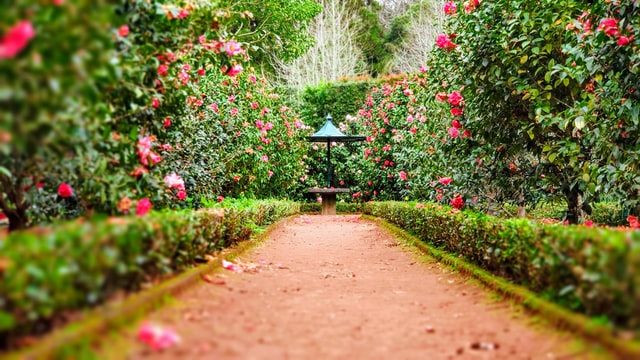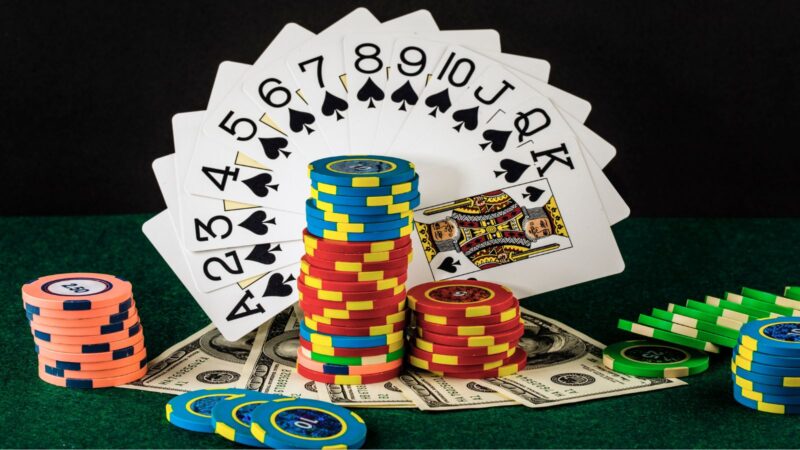
When you start planning your garden layout and buying the plants, you might also want to think about buying potting soil. Although it may seem like an unimportant part of gardening, choosing the right kind of soil can make a big difference in how healthy your garden is and how beautiful it looks.
Soil that has been specially designed for houseplants is also a good idea to have if you have indoor plants – most often, these are shade-loving plants. Planting them outside is a mistake that many people make, and the soil will likely burn out the plant.
Plants prefer to grow in loamy soils. Soil scientists break this down further into three different textures: clay, silt, and sand. The best way to tell what kind of soil you have (and whether or not it is loamy) is to do a simple test:
-Fill a glass with water and then place three seeds into the glass. Make sure that there is enough room for the roots to grow down into the water.
-Check the glass every day to see if the seeds have sprouted. If they have, move them to a permanent pot with potting soil once the roots start appearing out of the bottom of the glass.
-Once your seeds sprout, dump out the water and examine your seeds. If they are sitting on top of a pile of mud, you have silt soil; if they are sitting in a puddle or very close to the edge of the glass (but not actually resting on mud), then you have clay soil; and if they aren’t submerged at all and appear to be floating, then you have sand soil.
Potting soil is made up of organic matter, such as peat moss or bark, and inorganic material like sand, clay, or perlite
The peat moss helps retain moisture and can act as a fertilizer when the plant absorbs it. Sand improves drainage, while clay makes it easier for water to get to the roots of your plant. Perlite is actually an amorphous silicon dioxide that’s heated until it expands into little white balls that are porous on the inside. The idea is that these can hold water and air around the roots of your plant.
Because potting soil will be used in conjunction with regular garden soil, you want to make sure that it has good drainage. You also want to avoid using potting soil straight out of the bag for seedlings – if they are started in a sterile potting soil, they won’t have access to the nutrients in regular soil.
What are the white balls in potting soil?
The white balls in potting soil are particles of perlite. Perlite is a volcanic glass that has been heated to create a porous substance. It is usually added to potting soil to promote drainage and aeration around plant roots. Perlite is a white mineral that creates light weight, spongy soil. Perlite particles are also used in insulation and filler for counter tops and wall board.
Perlite is a type of amorphous, or non-crystalline, volcanic glass that is formed during the eruption of a volcano. It has many tiny bubbles inside it, which helps it float in water. When perlite is heated to extreme temperatures, its structure changes into a more solid form with numerous small holes throughout it. This gives it the ability to retain air when mixed with soil or other absorbent materials.
Conclusion
The white balls in potting soil are perlite, a porous glass that is formed during the eruption of a volcano. Perlite is used for insulation and filler for counter tops and wall board. It’s added to potting soil because it promotes drainage and aeration around plant roots.












